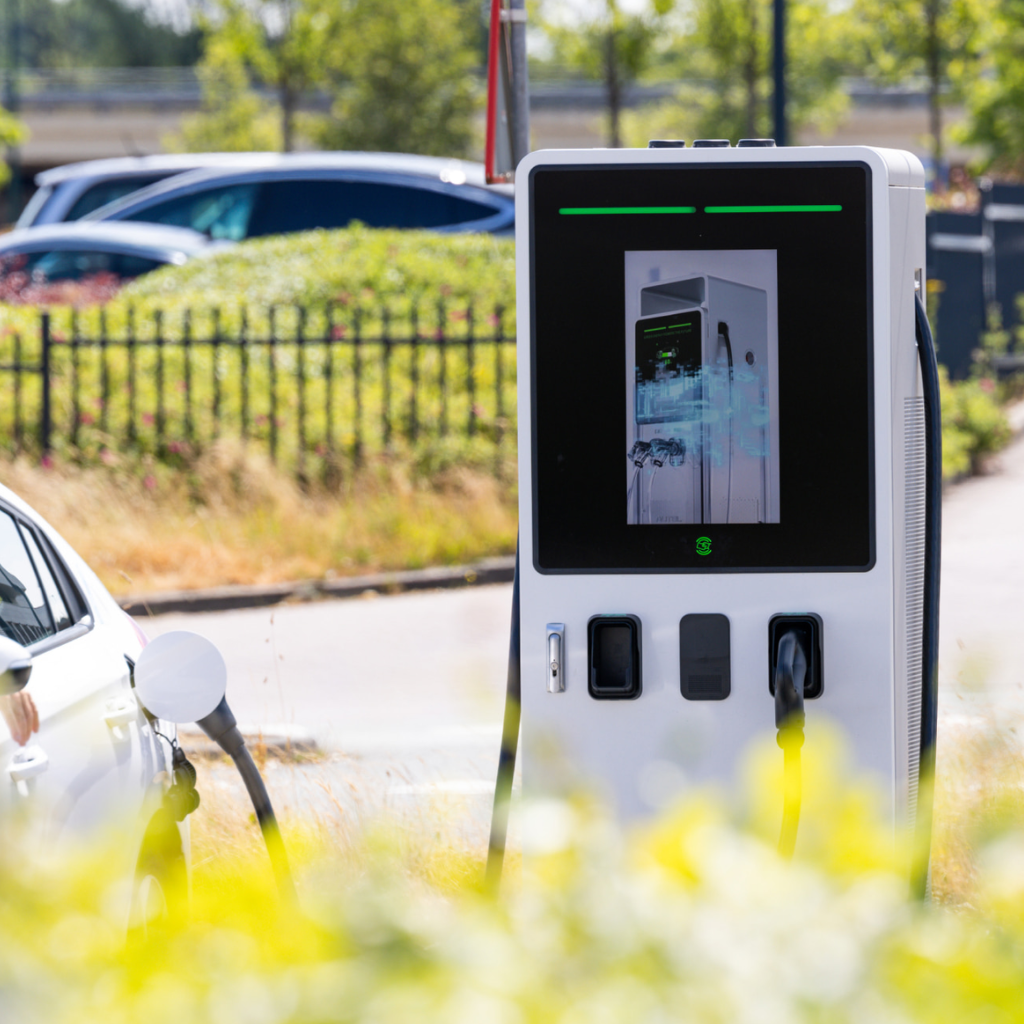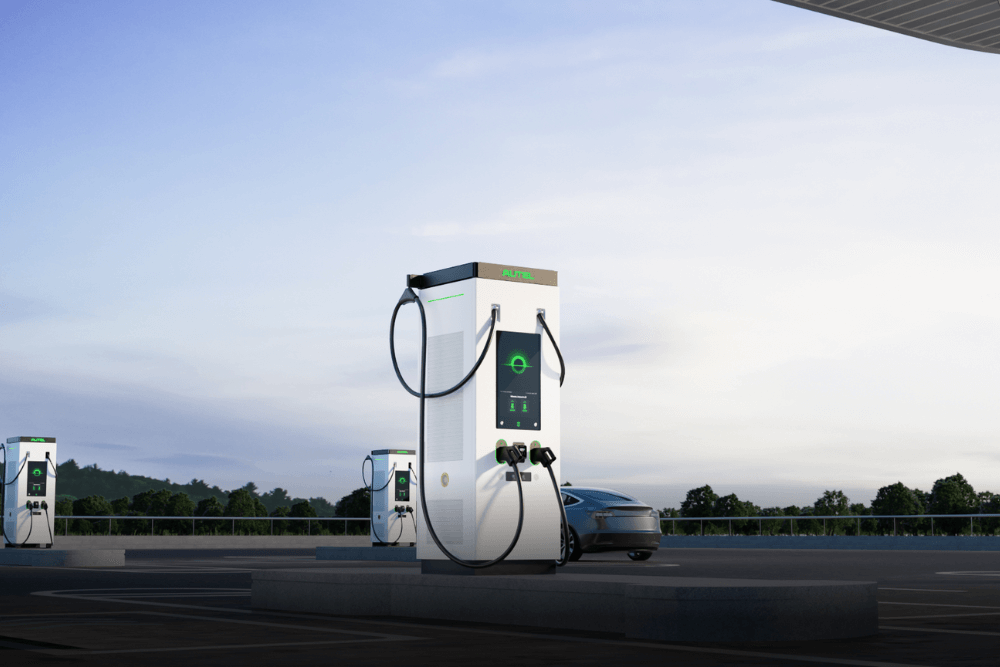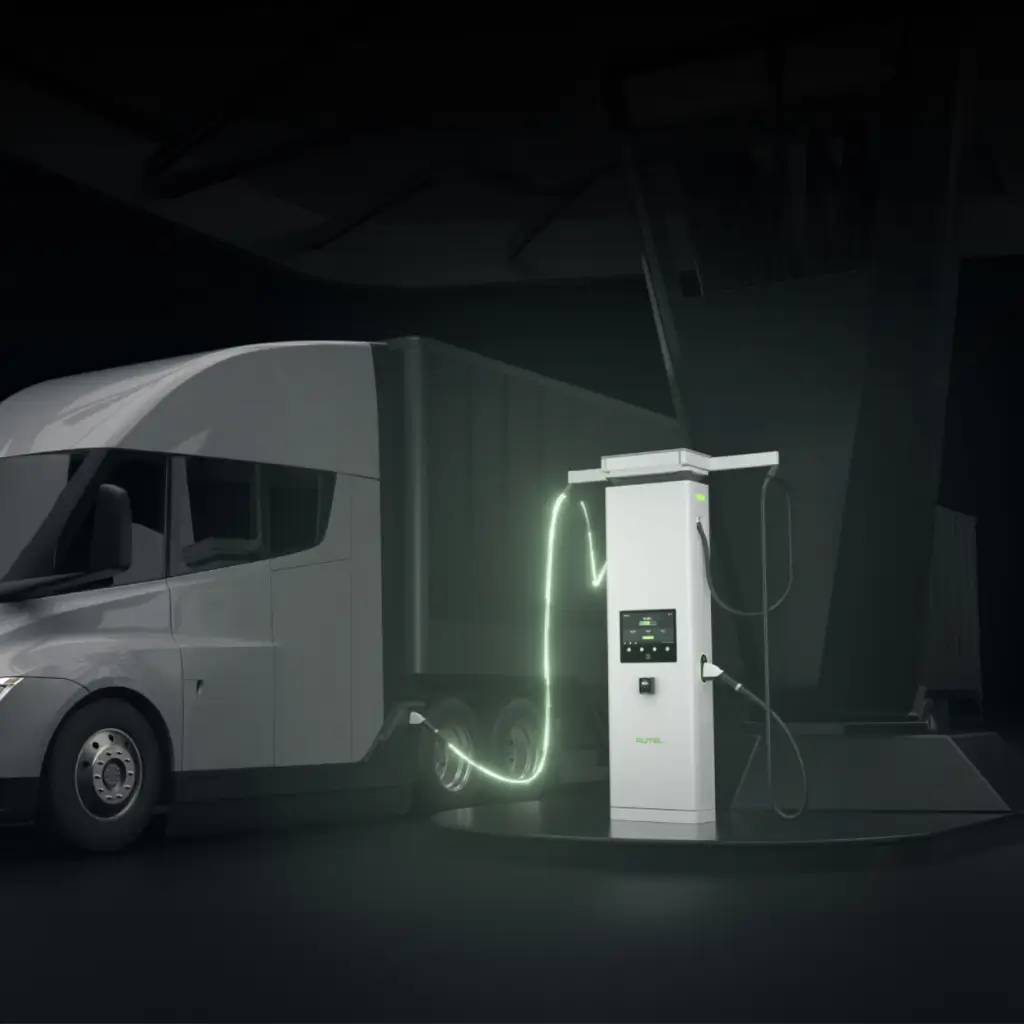
- MaxiCharger DH480
- MaxiCharger AC Pro
- MaxiCharger DC HiPower
- MaxiCharger DC Fast
- MaxiCharger DC Compact
- MaxiCharger AC Elite

- For CPOs
- For Fleets
- For Destination
- For Residential
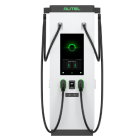 MaxiCharger DH480
MaxiCharger DH480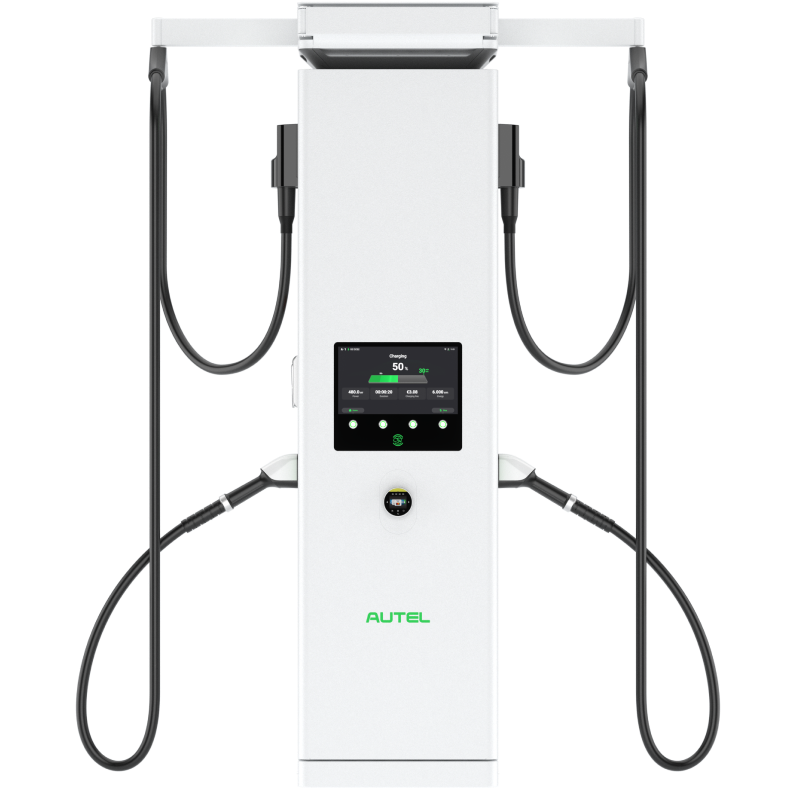 MaxiCharger DC HiPower
MaxiCharger DC HiPower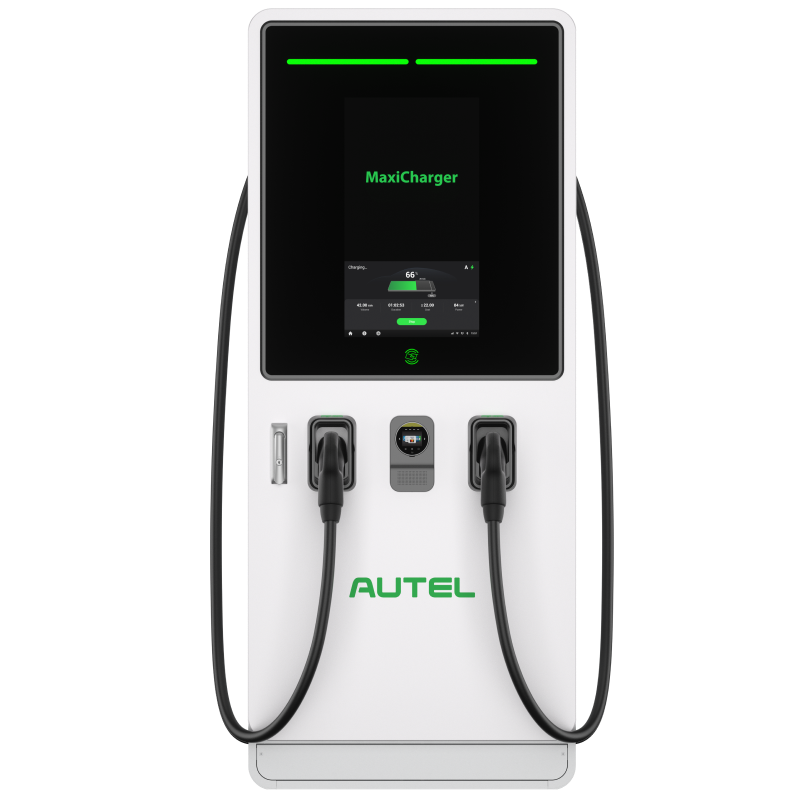 MaxiCharger DC Fast
MaxiCharger DC Fast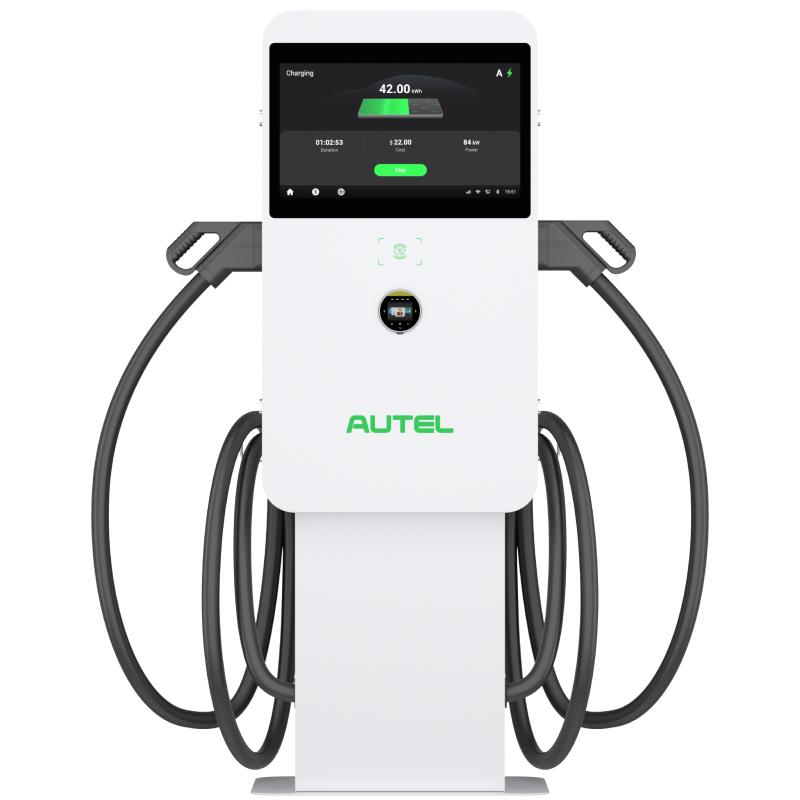 MaxiCharger DC Compact
MaxiCharger DC Compact
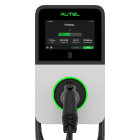 MaxiCharger AC Pro
MaxiCharger AC Pro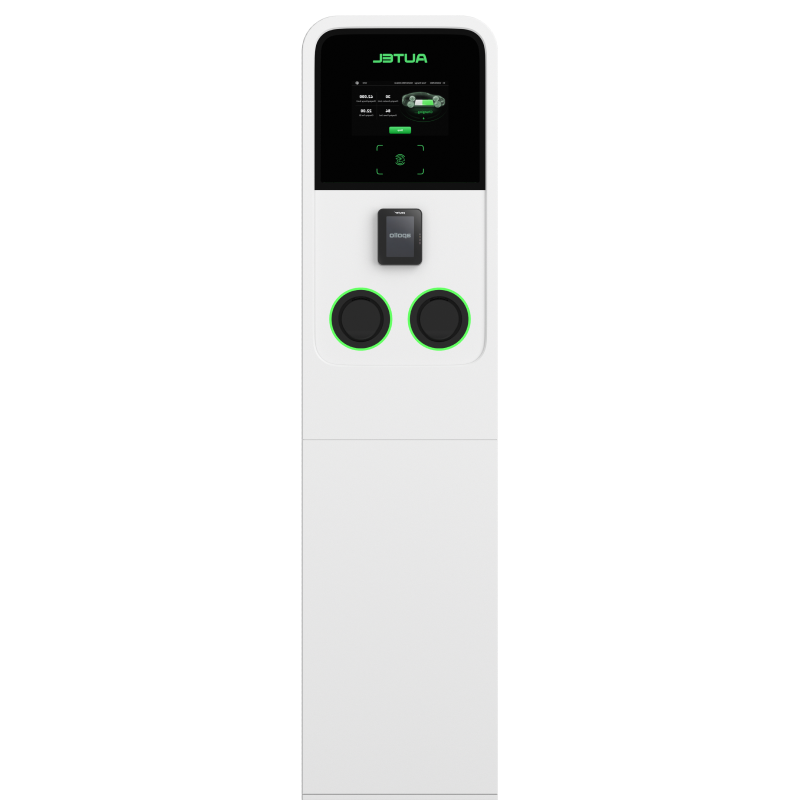 MaxiCharger AC Ultra
MaxiCharger AC Ultra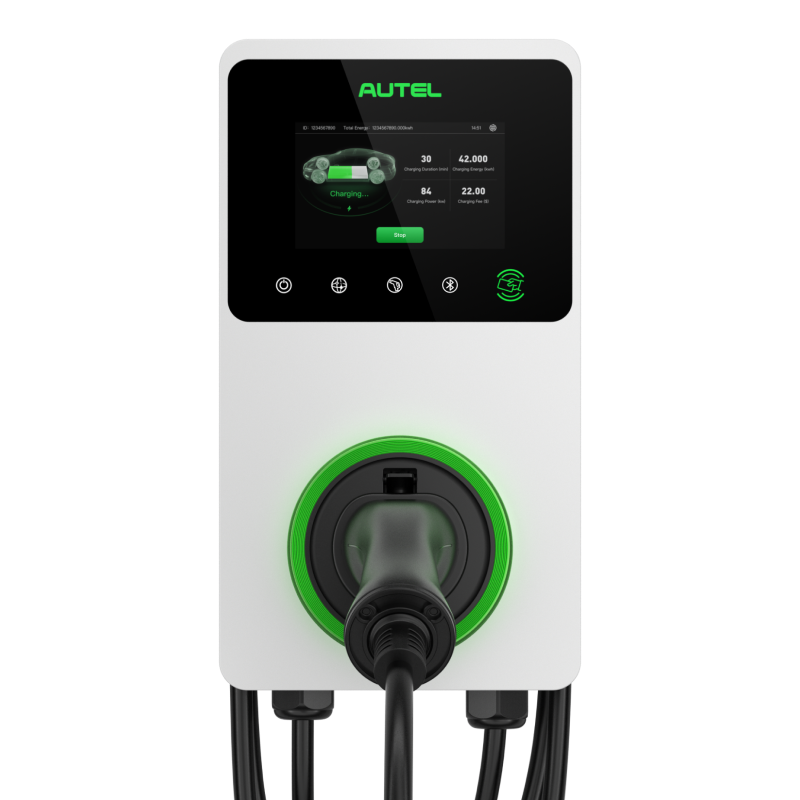 MaxiCharger AC Elite
MaxiCharger AC Elite
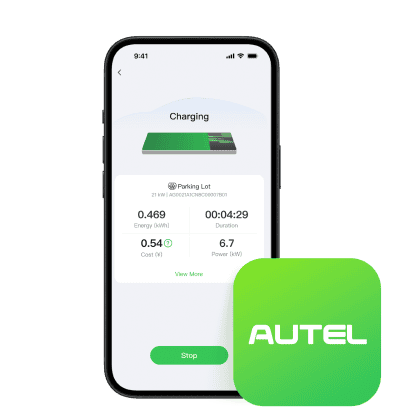 Software
Software
- Partner Introduction
- Become A Partner
- Event
- FAQ
- Blog
- About Autel
- Contact Us
- Sustainability
- Newsroom
- Brand Center
- Product Center
What is the difference between AC and DC EV charging?
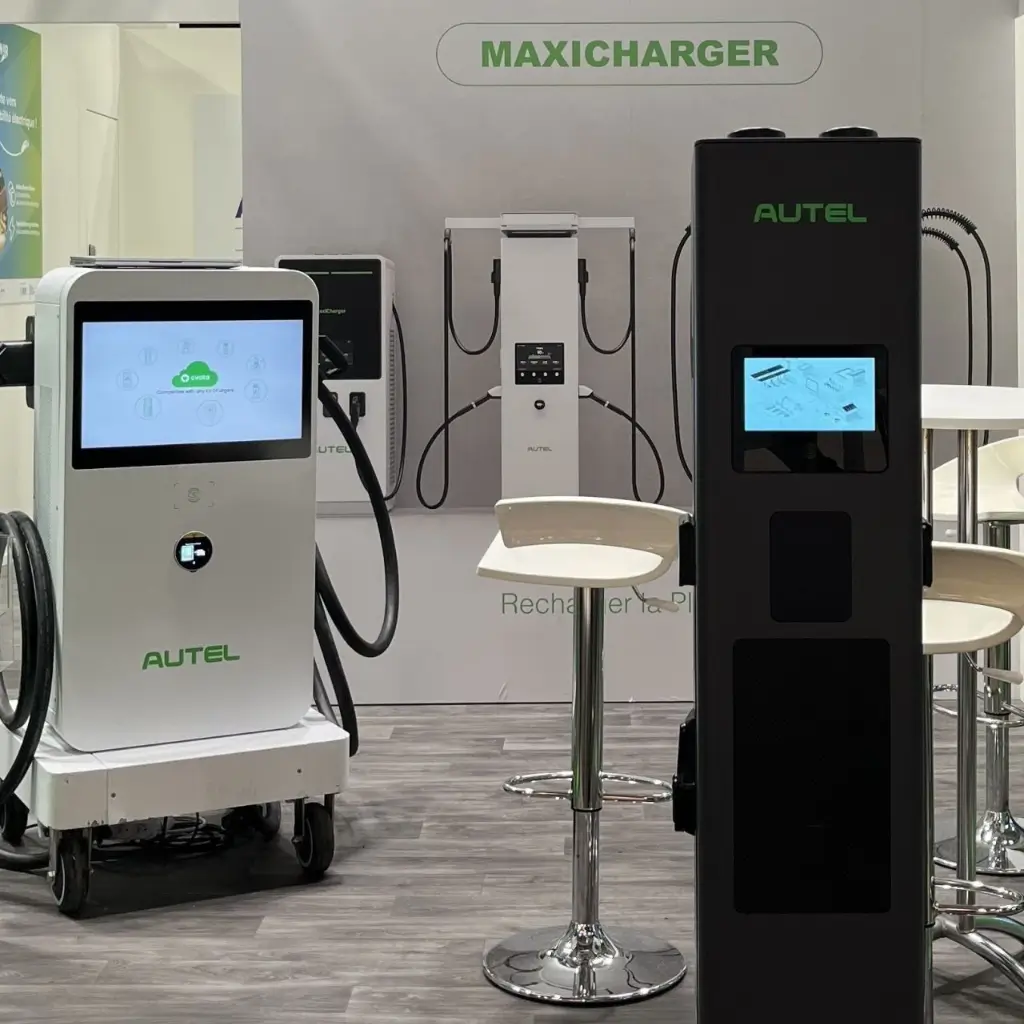
AC and DC are two main types of EV charging, but they work in different ways. AC charging uses standard electricity and converts it inside the car, while DC charging sends power directly to the battery for faster results. This article explains their differences in speed, setup, cost, and when each is most useful.
Key Differences between AC and DC EV Charging
The key differences between AC and DC charging impact various aspects of EV usage, including speed, installation complexity, and cost. Knowing these factors helps in choosing the right type of charger for your needs.
Power Source and Conversion Process
AC charging takes power from the grid and requires the car to convert this power into DC through its onboard charger. This conversion process adds some time to the charging duration. In contrast, DC chargers bypass the car’s onboard charger and directly send DC power to the battery, significantly reducing the time required for charging.
Charging Speed and Efficiency
AC chargers are slower because of the conversion process, with most AC chargers delivering between 3–22 kW. These are perfect for home or workplace use, where longer charging times are acceptable. DC fast chargers, however, can deliver anywhere from 50–350 kW, allowing for much faster charging—ideal for highway stations or quick top-ups during long trips.
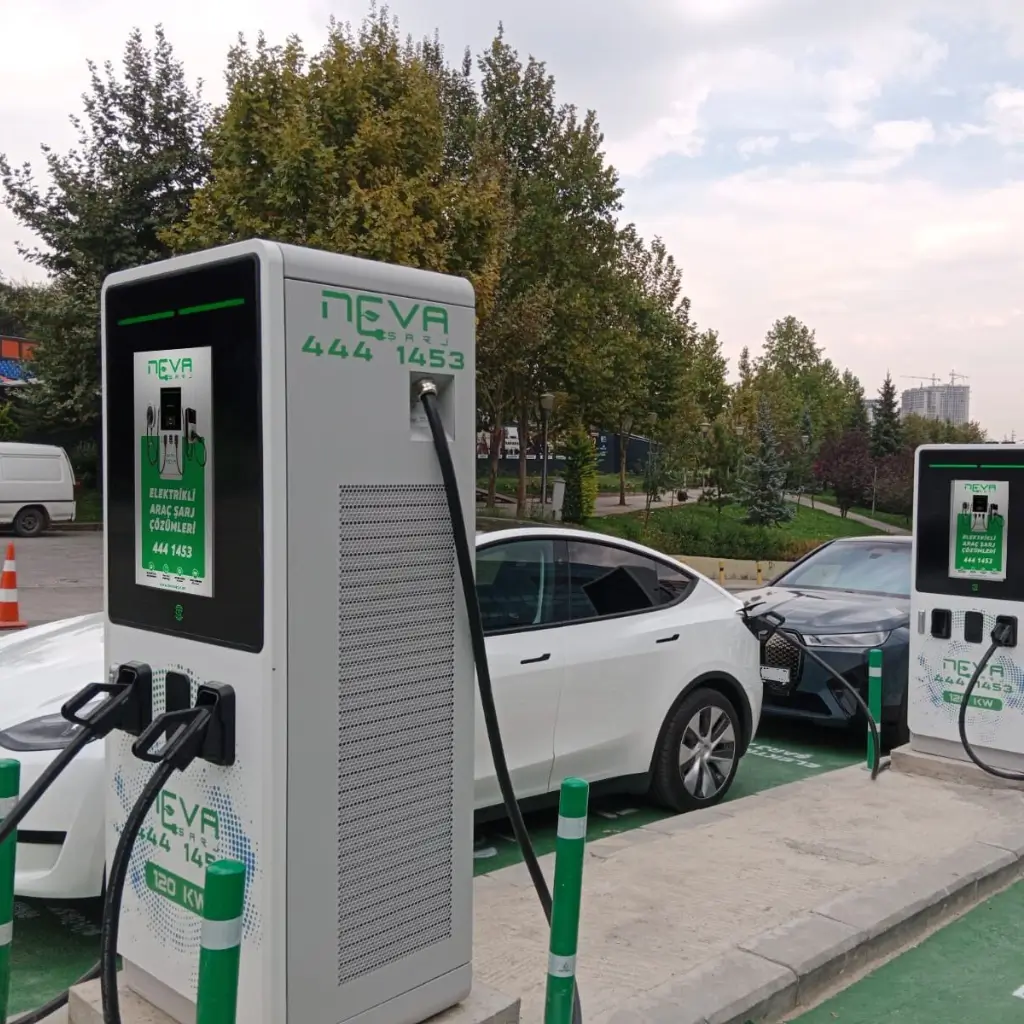
Types of AC and DC Charging
EV owners can choose from several types of charging stations based on their needs, whether they are charging at home or while traveling.
Level 1 and Level 2 AC Charging
Level 1 charging is the simplest, using a standard 120-volt outlet and delivering about 2–5 miles of range per hour. It’s best for overnight home charging. Level 2 charging uses a 240-volt outlet and provides faster charging, delivering between 10–60 miles of range per hour. This type is commonly found in homes, workplaces, and public charging stations.
DC Fast Charging (Level 3)
Level 3 or DC fast charging provides the fastest charging speeds, with some stations capable of charging an EV to 80% in as little as 30 minutes. These stations are typically found along highways or at strategic locations where EV owners need to recharge quickly during long trips.
Installation and Cost Considerations
When considering installing an EV charger at home or at a commercial location, it's essential to understand the different costs and requirements associated with AC and DC charging.
Installation of AC Charging Systems
AC charging systems—especially Level 2 chargers—are relatively easy to install and can be handled by a licensed electrician in most homes. A popular example is our AC Elite, a smart and efficient charging solution suitable for both residential and commercial applications. It offers reliable power delivery, safety features, and a sleek user interface. Installation costs typically range from $500 to $2,500, depending on the system’s complexity and local labor rates.
DC Charging Stations and Costs
Installing a DC fast charger is generally more costly due to the specialized equipment and higher electrical capacity required. Because of this, DC fast charging systems are typically better suited for commercial or public locations rather than residential use.
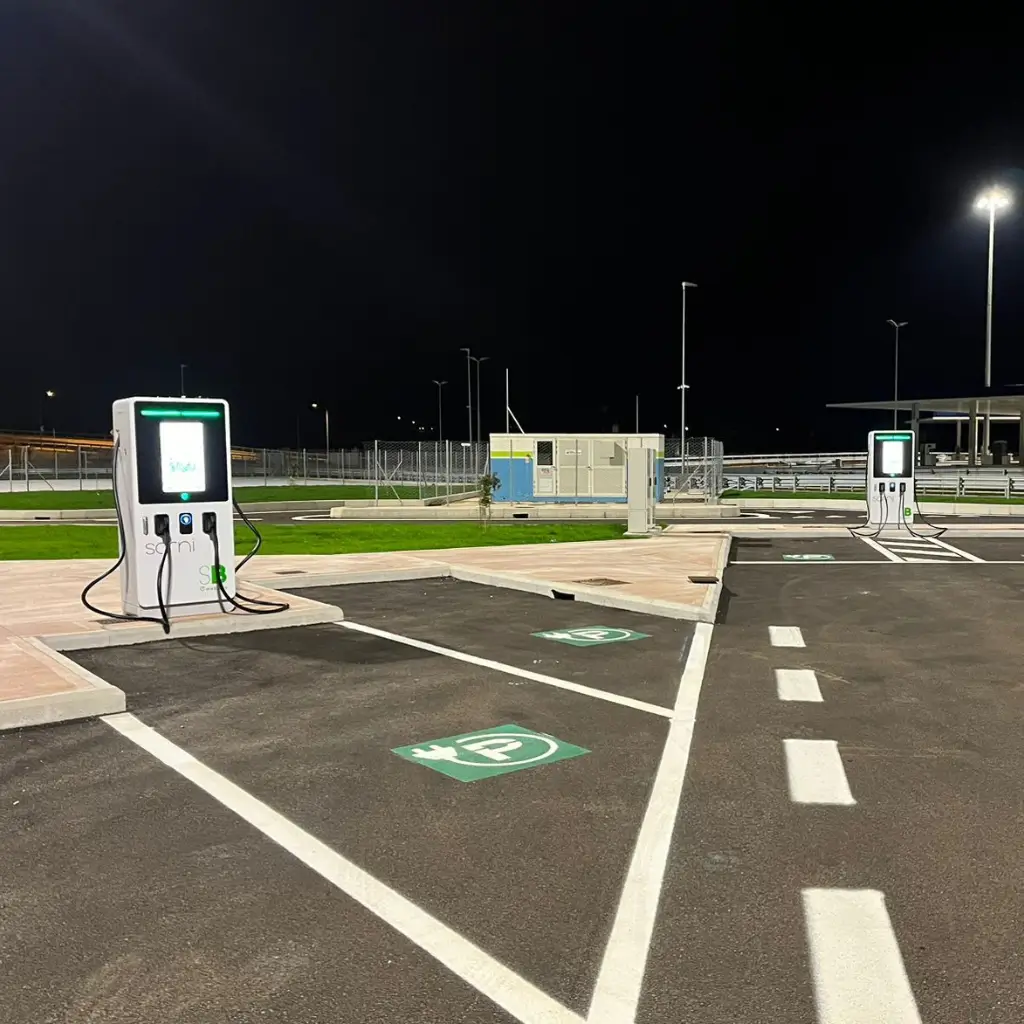
Use Cases: When to Use AC vs. DC Charging
Depending on your driving habits, both AC and DC charging can be the right choice at different times. Let’s break down when to use each.
Ideal Use Cases for AC Charging
AC charging is ideal for everyday use, such as overnight home charging or at workplaces. It’s sufficient for daily commuting needs, where vehicles can be plugged in for long periods without needing rapid charging.
When to Choose DC Charging
DC fast charging is most useful for long-distance travelers or businesses that need to quickly recharge fleets of EVs. Highway stations and other fast-charging networks rely on DC charging to provide minimal downtime for drivers.
Impact on EV Battery Life and Efficiency
Both AC and DC charging methods have an effect on your EV's battery life, and understanding these impacts can help you optimize charging habits.
Battery Health with AC Charging
AC charging tends to be gentler on the battery since the charging process is slower and the vehicle’s onboard charger regulates power more carefully. This can lead to a longer lifespan for the battery when used primarily for home charging.
Battery Health with DC Charging
DC fast charging, while faster, generates more heat and puts more strain on the battery. Over time, frequent use of DC charging can lead to a decrease in battery efficiency, although modern EVs are designed to minimize this issue with advanced battery management systems.
Safety and Maintenance Aspects
Safety is a key consideration for both AC and DC charging, and maintenance needs vary between the two.
Safety Features of AC Charging
AC chargers generally have built-in safety features like circuit breakers, ground fault protection, and overcurrent protection. These systems help ensure that charging is safe and that the car’s battery isn’t damaged during the process.
Safety Features of DC Charging
DC fast chargers are equipped with more advanced safety mechanisms due to the high power levels they manage. Features include thermal management systems, high-voltage insulation, and advanced shutdown protocols to prevent accidents or damage.
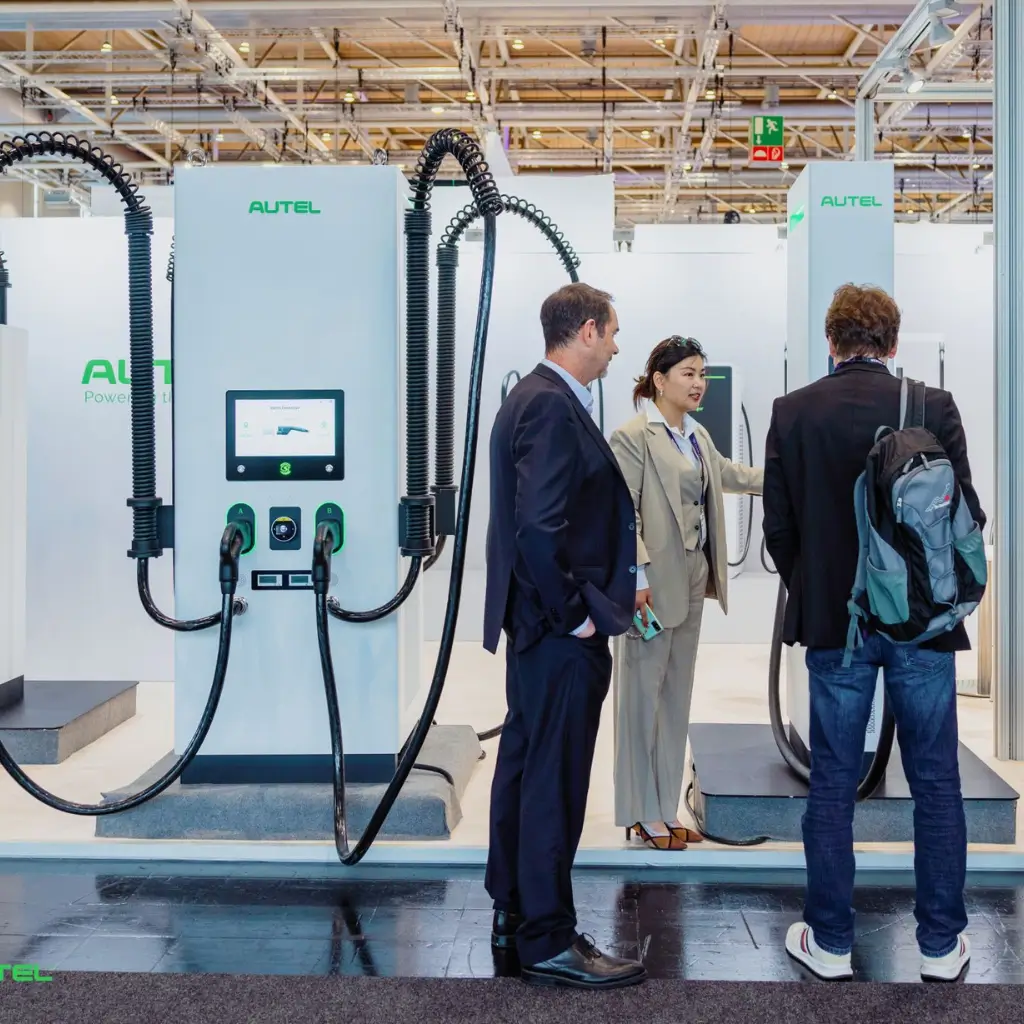
Summary: Choosing between AC and DC Charging
Key Takeaways for EV Owners
- AC charging is ideal for daily use and long-duration parking.
- DC fast charging is best for quick, long-distance recharges.
- Battery health and charging costs should be considered when choosing between the two.
Future of EV Charging Technology
As EV technology continues to evolve, so too will charging infrastructure. Expect advancements in both AC and DC charging systems, including faster charging times, lower costs, and greater efficiency, making EV ownership even more convenient in the future.
